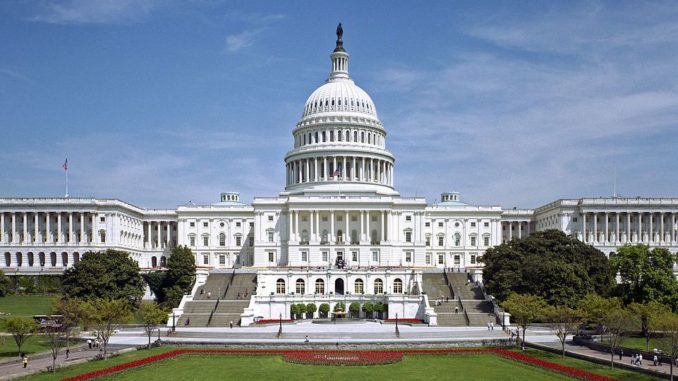
In theory, the Senate election map for 2018 is virtually ideal for Republicans. While they hold the Senate by a slim majority, 51 – 49, they have many items in their favor.
First, the Vice Presidency; even if the GOP were to lose a seat, that would shift the balance to an even 50-50, and the Vice President, a Republican, breaks the ties.
Second, the Independents. Two of the votes that caucus for Democrats are not Democrats at all; while it would be difficult to “peel off” the Socialist, Bernie Sanders of Vermont, it would theoretically be possible to convince Angus King of Maine to caucus with them if they raise their popularity in his state.
Third, the seats coming for a vote. Because the Senate elections are staggered across six years, only about a third of them are available in any given election cycle. As always, some seats are viewed as safe because their state leans strongly in one political direction or another or the candidate is particularly beloved; other seats are considered vulnerable. In this case, there are eleven seats that are seen as vulnerable and of them seven are Democrats and only four Republican.
Fourth, fundraising. The RNC has been consistently outraising the DNC, which provides money for advertising in key battles. They have done so again in June. As reported by The Hill:
RNC officials reported almost $14 million in fundraising in June, compared to just $8 million raised by Democrats during that time. The party remains far ahead of the DNC in to-date fundraising totals for this cycle, enjoying a lead of almost $100 million in total funds raised, according to The Washington Post.
Democrats ended June with just $9 million cash on hand and $6.3 million in debt, according to the Post. That’s compared to a much larger $50.7 million cash on hand for Republicans.
Fifth, the Presidency. While it is undeniable that President Trump has a negative approval rating and has been involved in multiple controversies, he has been able to maintain a steady approval rating above 40%, due in part to the perceived economic boom over which he has presided. (Real Clear Politics) While this is damaging to the Republicans, it is not as devastating as a mid-thirties approval would be, which is where Trump’s numbers lay in mid-December and January. This is particularly important, as one of the great benefits promised to the Republicans by their support of Trump was that traditionally Democrat states which Trump had won in 2016 would once again become competitive.
Despite the President’s rising poll numbers and their fundraising success, however, the poll numbers for individual Republican Senate candidates aren’t rising; they’re dropping. The promised competitiveness in places like Pennsylvania, where the Republican is polling below the Democrat by 16 points, and West Virginia, where the popular Democrat is ahead by an average of 7, has not materialized.
The efforts to keep the President’s support numbers in the Republican base high have resulted in politicians being expected to reverse themselves, often repeatedly, which has undermined their image as strong representatives and branded them as extensions of Trump to many in the electorate, an image on which the Democrats are attempting to capitalize. Furthermore, their strongest weapons in the upcoming election are muted; the perceived strength of the economy is sapped by the perceived threats from trade wars and the Supreme Court vacancy looks to galvanize as many Democrats as it does Republicans.
There are obvious dangers associated with Trump, who continues to take the political oxygen and bind the Senators to his side. If he, or his administration, continues to demand attention and need active defending, they suffer. Moreover, if his policies start to have a visibly deleterious effect on the country – say, a trade war triggering economic malady or international weakness and capitulation emboldening enemy states to move on the US or its allies – the Senators will suffer.
Lastly, there remains the possibility of third parties rising during the midterm in some of the contended states… a possibility that diminishes with each successive week, but is real.
It’s early; there are months before the election, and the United States public is notoriously fickle and tends to keep itself generally ignorant of politics until September or October. That said, this is the time when the Republicans should be rising in the polls and they are not, and there are a number of potential pitfalls which await them.
